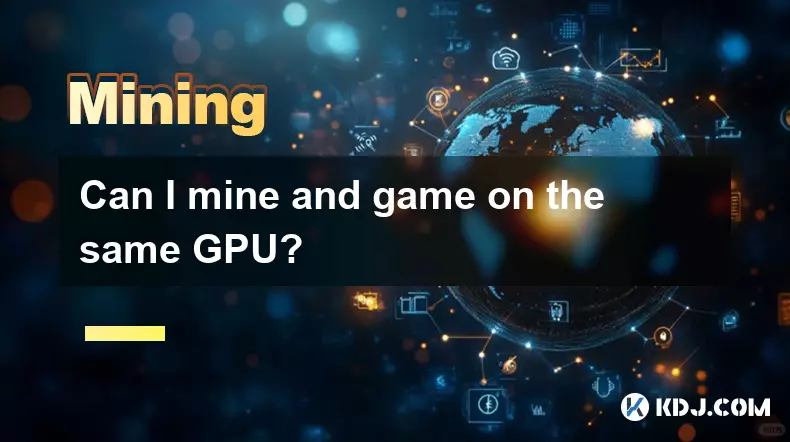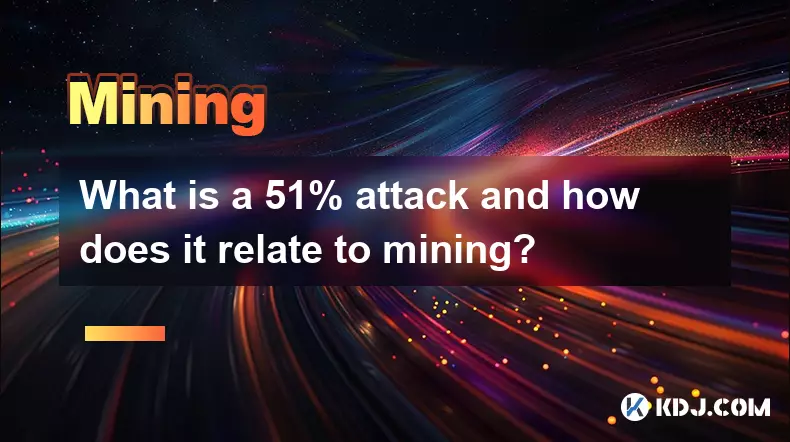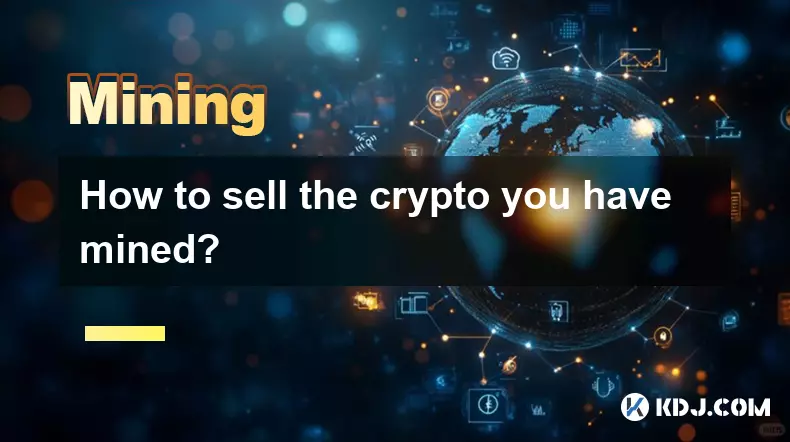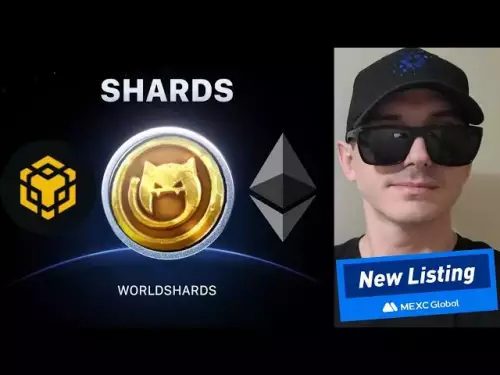-
 Bitcoin
Bitcoin $110000
-1.96% -
 Ethereum
Ethereum $4290
-4.05% -
 Tether USDt
Tether USDt $1.000
0.01% -
 XRP
XRP $2.806
-1.93% -
 BNB
BNB $844.4
-1.88% -
 Solana
Solana $203.5
-3.22% -
 USDC
USDC $0.9999
0.01% -
 Dogecoin
Dogecoin $0.2119
-3.44% -
 TRON
TRON $0.3347
-1.84% -
 Cardano
Cardano $0.8071
-3.99% -
 Chainlink
Chainlink $22.39
-5.73% -
 Hyperliquid
Hyperliquid $45.07
-2.08% -
 Ethena USDe
Ethena USDe $1.001
0.01% -
 Bitcoin Cash
Bitcoin Cash $585.2
-1.91% -
 Sui
Sui $3.250
-3.97% -
 Stellar
Stellar $0.3530
-3.10% -
 Avalanche
Avalanche $24.40
-3.60% -
 Hedera
Hedera $0.2118
-4.15% -
 Cronos
Cronos $0.2643
-4.99% -
 UNUS SED LEO
UNUS SED LEO $9.514
0.10% -
 Litecoin
Litecoin $109.9
-2.51% -
 Toncoin
Toncoin $3.095
-2.26% -
 Shiba Inu
Shiba Inu $0.00001206
-3.89% -
 Polkadot
Polkadot $3.751
-3.35% -
 Uniswap
Uniswap $9.214
-5.03% -
 Dai
Dai $0.9999
-0.01% -
 Monero
Monero $268.5
-0.59% -
 Aave
Aave $308.8
-5.24% -
 Bitget Token
Bitget Token $4.810
-3.43% -
 World Liberty Financial
World Liberty Financial $0.1765
-19.97%
Can I mine and game on the same GPU?
Running mining and gaming simultaneously on one GPU leads to poor performance, overheating, and reduced hardware lifespan.
Sep 04, 2025 at 09:00 pm

Running Mining and Gaming Simultaneously on One GPU
1. Sharing a single GPU between cryptocurrency mining and gaming is technically possible but comes with significant trade-offs. Modern graphics cards can handle multiple tasks, yet both mining and gaming are resource-intensive operations that demand full access to the GPU’s processing power. When both run at the same time, performance in both areas suffers due to competition for memory bandwidth, compute units, and thermal headroom.
2. Mining typically utilizes nearly 100% of the GPU’s compute capability, especially when using algorithms like Ethash or KawPow. This leaves minimal resources for rendering complex game scenes, leading to severe frame rate drops, stuttering, and unplayable conditions. Even if mining software allows reduced intensity, the GPU remains under sustained load, which affects clock speeds and power delivery during gameplay.
3. Thermal throttling becomes a major concern. GPUs generate substantial heat under full load. Running mining and gaming together pushes temperatures to critical levels, often triggering automatic downclocking to prevent hardware damage. This results in unstable performance and reduced lifespan of the graphics card due to prolonged stress.
4. Power delivery is another bottleneck. Most consumer-grade power supplies are not designed to sustain maximum draw from the GPU over long durations, especially when combined with other system components. Attempting to run both workloads simultaneously may exceed the PSU’s capacity, leading to system crashes or hardware failure.
5. Driver conflicts and software instability may arise. Mining software often modifies GPU firmware settings or uses custom kernels that interfere with game rendering pipelines. Some games detect modified driver states and refuse to launch, while others experience graphical glitches or crashes due to inconsistent VRAM allocation.
Impact on Hardware Longevity
1. Continuous dual usage accelerates wear on the GPU. Components such as VRAM, voltage regulators, and cooling fans degrade faster under constant high load. Mining alone can reduce a card’s usable life by months or even years, and adding gaming increases stress cycles.
2. Fan wear is a critical factor. Most GPUs rely on active cooling, and fans running at high RPM for extended periods accumulate dust and mechanical fatigue. This leads to increased noise and eventual failure, requiring replacement or reconditioning.
3. Solder joints on the GPU die and memory chips are susceptible to thermal cycling. Repeated heating and cooling from alternating workloads create micro-cracks over time, potentially causing permanent hardware faults.
4. Warranty implications must be considered. Many manufacturers explicitly void warranties if the GPU is used for mining, regardless of whether gaming is involved. Combining both uses increases the likelihood of detection and denial of service claims.
5. Operating a GPU for both mining and gaming drastically shortens its functional lifespan and increases the risk of premature failure.
Performance Trade-Offs and Practical Limitations
1. Mining efficiency drops when the GPU is shared. Even at reduced intensity, mining software cannot achieve optimal hash rates if the GPU is simultaneously rendering a game. The loss in mining output often outweighs any marginal gaming benefit.
2. Game settings must be severely downgraded to maintain playability. High-resolution textures, ray tracing, and high frame rates become unattainable. Most AAA titles will run below 30 FPS even on high-end cards under dual-load conditions.
3. Latency spikes occur due to VRAM fragmentation. Mining reserves a portion of video memory for DAG files, leaving less available for game assets. This forces the system to swap data to slower system RAM, introducing input lag and texture pop-in.
4. Monitoring tools show inconsistent utilization patterns. GPU monitoring software may report inaccurate load percentages because both applications compete for scheduling cycles, making it difficult to optimize either workload.
5. The practical outcome of combining mining and gaming on one GPU is subpar performance in both tasks, rendering the setup inefficient and frustrating to use.
Alternative Setups for Better Efficiency
1. Using separate GPUs—one dedicated to gaming and another to mining—eliminates resource conflicts. This allows each card to operate at peak efficiency without interference.
2. Older or lower-tier GPUs can be repurposed for mining while preserving high-performance cards for gaming. This reduces wear on primary gaming hardware and maintains optimal frame rates.
3. Virtualization and GPU passthrough technologies enable isolated environments, though these require advanced configuration and are typically used in server or workstation setups rather than consumer gaming rigs.
4. Cloud mining services offer an alternative to local GPU mining, freeing up local hardware entirely for gaming. However, profitability and trustworthiness of such services vary significantly.
5. Dedicated hardware separation remains the most reliable method to achieve high performance in both mining and gaming without compromising stability or longevity.
Frequently Asked Questions
Can undervolting the GPU help run mining and gaming together?Undervolting reduces power consumption and heat output, which may slightly improve thermal headroom. However, it also lowers maximum performance in both mining and gaming. While it can delay throttling, it does not resolve fundamental resource conflicts.
Does using integrated graphics for display output help when mining and gaming on the same GPU?Using integrated graphics to handle the display allows the dedicated GPU to focus more on compute tasks. However, this does not free up the GPU’s internal resources. The mining and gaming workloads still compete for the same execution units and memory bandwidth.
Will future GPUs support hardware-level task separation for mining and gaming?Current GPU architectures do not include hardware partitioning for concurrent mining and gaming. While virtualization features exist in professional-grade cards, consumer models lack the firmware and driver support needed for true workload isolation.
Can I schedule mining during idle times and game normally otherwise?Yes, using task schedulers or mining software with idle detection allows the GPU to mine only when the system is not in active use. This avoids direct competition and is a practical compromise for users wanting to utilize their GPU for both purposes without simultaneous operation.
Disclaimer:info@kdj.com
The information provided is not trading advice. kdj.com does not assume any responsibility for any investments made based on the information provided in this article. Cryptocurrencies are highly volatile and it is highly recommended that you invest with caution after thorough research!
If you believe that the content used on this website infringes your copyright, please contact us immediately (info@kdj.com) and we will delete it promptly.
- Arctic Pablo Coin, Pudgy Penguins, Mog Coin, and Avalanche: Navigating the Meme Coin Mania in NYC
- 2025-09-05 02:45:17
- Bitcoin Buying Spree: Whales, Unlocks, and Market Impact - What's Next?
- 2025-09-05 02:25:15
- BlockchainFX: Your Ticket to Crypto Investment and Passive Income Nirvana
- 2025-09-05 03:05:12
- Cryptos to Explode in Late 2025: Meme Coins, DeFi, and More!
- 2025-09-05 03:45:14
- Ripple's RLUSD Stablecoin Expands into Africa: A Game Changer?
- 2025-09-05 02:45:17
- Central Banks, Stablecoins, and Regulation: Navigating the New Financial Frontier
- 2025-09-05 03:45:14
Related knowledge

Why do mining pools have fees?
Sep 04,2025 at 09:18pm
Understanding the Role of Mining Pools in Cryptocurrency Networks1. Mining pools aggregate the computational power of multiple miners to increase the ...

What is a 51% attack and how does it relate to mining?
Sep 04,2025 at 04:36pm
Understanding the 51% Attack in Blockchain Networks1. A 51% attack occurs when a single entity or group gains control over more than half of a blockch...

Can I mine and game on the same GPU?
Sep 04,2025 at 09:00pm
Running Mining and Gaming Simultaneously on One GPU1. Sharing a single GPU between cryptocurrency mining and gaming is technically possible but comes ...

What is the role of a stratum server in pool mining?
Sep 04,2025 at 06:01pm
Understanding the Stratum Server in Cryptocurrency Mining1. The stratum server acts as a communication bridge between mining pools and individual mine...

How to sell the crypto you have mined?
Sep 04,2025 at 03:54pm
Choosing the Right Exchange Platform1. Selecting a reliable cryptocurrency exchange is the first critical step in selling mined crypto. Platforms like...

How does merge mining work?
Sep 04,2025 at 07:36pm
Merge Mining: A Dual-Chain Approach1. Merge mining allows miners to simultaneously secure two or more blockchains using the same computational power. ...

Why do mining pools have fees?
Sep 04,2025 at 09:18pm
Understanding the Role of Mining Pools in Cryptocurrency Networks1. Mining pools aggregate the computational power of multiple miners to increase the ...

What is a 51% attack and how does it relate to mining?
Sep 04,2025 at 04:36pm
Understanding the 51% Attack in Blockchain Networks1. A 51% attack occurs when a single entity or group gains control over more than half of a blockch...

Can I mine and game on the same GPU?
Sep 04,2025 at 09:00pm
Running Mining and Gaming Simultaneously on One GPU1. Sharing a single GPU between cryptocurrency mining and gaming is technically possible but comes ...

What is the role of a stratum server in pool mining?
Sep 04,2025 at 06:01pm
Understanding the Stratum Server in Cryptocurrency Mining1. The stratum server acts as a communication bridge between mining pools and individual mine...

How to sell the crypto you have mined?
Sep 04,2025 at 03:54pm
Choosing the Right Exchange Platform1. Selecting a reliable cryptocurrency exchange is the first critical step in selling mined crypto. Platforms like...

How does merge mining work?
Sep 04,2025 at 07:36pm
Merge Mining: A Dual-Chain Approach1. Merge mining allows miners to simultaneously secure two or more blockchains using the same computational power. ...
See all articles

























































































